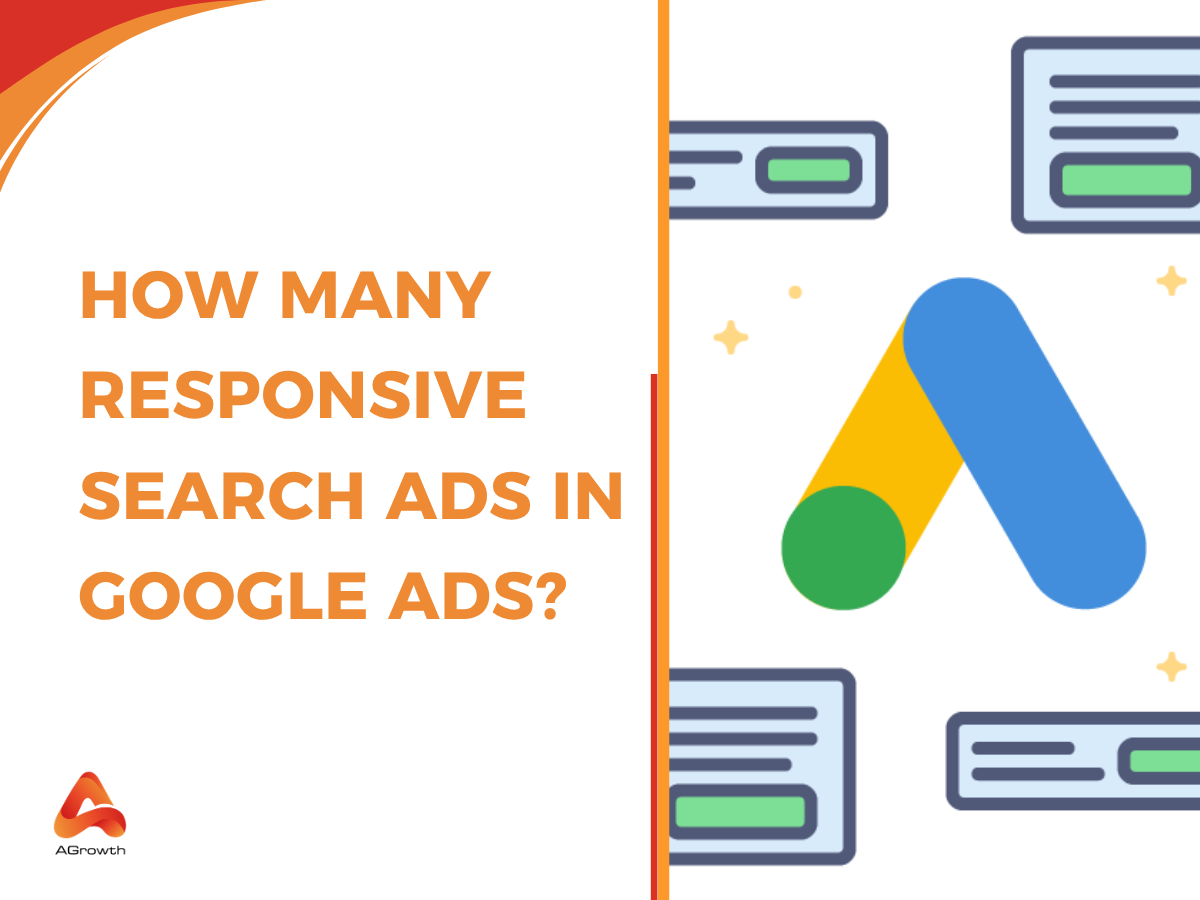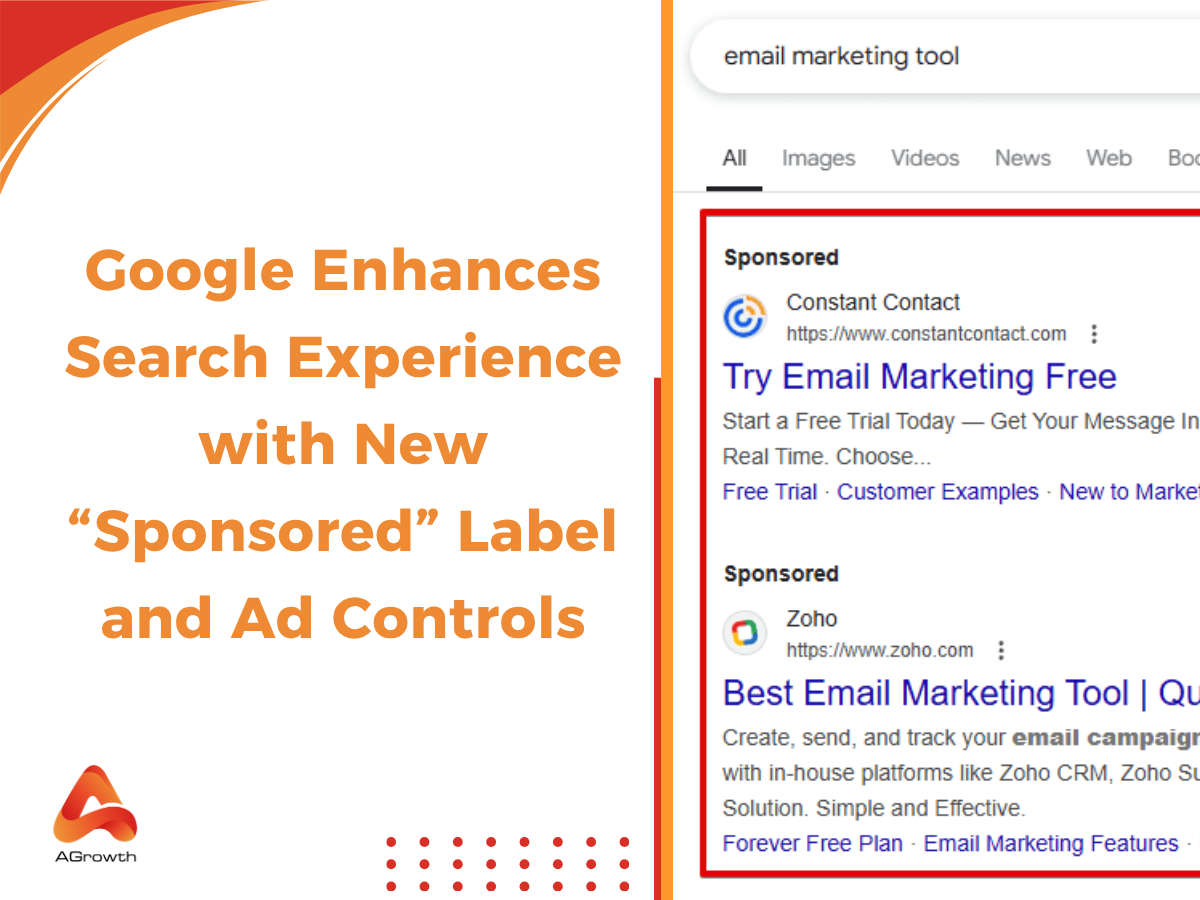
Table of Contents
How Many Responsive Search Ads Can You Have in Google Ads?
Managing Google Ads campaigns means staying on top of every detail—including how many responsive search ads (RSAs) we can actually use in each ad group. With RSAs, Google’s machine learning creates countless ad combinations to match users’ search intent, helping us reach more relevant audiences without extra effort.
But there’s a catch: Google sets a limit on how many RSAs we can have per ad group. This isn’t just a random rule—it’s designed to help us focus on quality over quantity, ensuring every ad we create is well-crafted and ready to perform. Knowing this limit is essential for optimizing our strategy and getting the most out of our advertising budget.
What are responsive search ads?
Responsive search ads (RSAs) in Google Ads allow us to enter multiple headlines and descriptions for a single ad. Google's system dynamically assembles these elements to create different ad variations matched to users' search queries. Each RSA can include up to 15 unique headlines and four distinct descriptions, with a minimum of three headlines and two descriptions required to activate the ad.
Google's machine learning selects headline and description combinations based on real-time intent data. This process increases ad relevance and improves campaign performance. RSAs adjust the message shown to users, prioritizing combinations that yield higher clickthrough rates and conversions. For example, when a user's query closely matches certain headlines, Google's algorithm delivers the most relevant version. By leveraging this ad format, we streamline testing, maximize exposure, and refine our messaging automatically based on actual user behavior.
Responsive search ads support broad A/B testing, as we can quickly compare different messaging angles within a single ad. Google's dynamic framework expedites the identification of high-performing content, so we gain more accurate insights for ongoing optimization.

Is there a limit to Google Ads responsive search ads?
Google Ads enforces strict limits on how many responsive search ads we can enable per ad group. These restrictions help keep our campaigns streamlined and focused on quality testing.
Responsive Search Ads: What Do They Do?
Responsive search ads allow us to create flexible messages by entering multiple headlines and descriptions. Google's machine learning assembles these elements in real time, tailoring the ad combination to each user's search intent, device, and context. This flexibility means our ads remain relevant across changing search trends and user behaviors.
The Number of Headlines and Descriptions
Each responsive search ad accepts up to 15 headlines (maximum 30 characters each) and up to 4 descriptions (maximum 90 characters each). Google limits each ad group to three enabled responsive search ads. RSAs always show at least 2 headlines and 1 description, though not all entered components appear each time. This limit ensures we focus resources on crafting well-optimized ads without overwhelming the system.
|
Ad Component |
Per RSA Maximum |
Per Ad Group Maximum (Enabled) |
|
Headlines |
15 |
3 RSAs |
|
Descriptions |
4 |
3 RSAs |
Benefits of Responsive Search Ads
Responsive search ads increase adaptability, allowing Google to match our messaging to diverse queries. Machine learning optimizes ad delivery based on user interactions, leading to better clickthrough and conversion rates. We gain efficiency by testing multiple messaging angles within a single ad and collecting deeper insights from asset performance, which supports continuous ad group optimization. Offering more headline and description combinations broadens our ad's reach and enhances relevance, supporting higher visibility in auction results.
In addition, understanding different Google Display Ads Formats is equally crucial for maximizing visual engagement across the Display Network.
Best Practices for Effective RSA Management
Effective RSA management in Google Ads focuses on maintaining both efficiency and relevance while staying within the three-ad-per-group limit. Strategic actions across asset diversity, ad group structure, and ongoing optimization can substantially boost campaign performance.
1. Ad Group Relevance
Aligning each ad group with tightly related keywords and product themes supports stronger RSA relevance. Ad groups centered around single product lines or service types, for example running shoes or credit cards, increase message relevance, improving Quality Score and driving more targeted engagement.
2. Diversity in Ad Assets
Supplying varied headlines and descriptions broadens Google's algorithmic matching for responsive search ads. Each RSA accommodates as many as 15 headlines and four descriptions, so we include options emphasizing different features, benefits, or calls-to-action. Combining variations such as "Free Shipping," "20% Off," and "Shop New Arrivals" diversifies potential combinations and better matches user intent.
3. Highlighting Unique Selling Points
Emphasizing distinct brand advantages in ad assets makes RSAs more compelling. Embedding offers like "Same-Day Shipping," "100% Organic Materials," or "Award-Winning Service" in multiple headline and description slots ensures users quickly grasp our competitive edge, even as Google rotates elements.
4. Use of Ad Extensions
Adding ad extensions—including sitelinks, callouts, or structured snippets—increases ad coverage and conveys extra value to users. When implemented alongside strong RSAs, ad extensions display additional touchpoints, such as "Contact Us," product categories, or promotional details, boosting visibility and click opportunity.
5. Continuous Monitoring and Optimization
Consistent tracking of asset-level and ad-level performance identifies what resonates with audiences. We review performance data to pause underperforming ads or modify headlines and descriptions for higher engagement. Prioritizing assets with higher clickthrough and conversion rates leads to improved overall ad group results.
6. Balancing Creativity and Guidelines
Ensuring creativity while meeting Google’s character limits—30 characters for headlines and 90 for descriptions—enables optimal RSA flexibility. We use the pinning feature for essential information, securing key messages in Headline Position 1 or Description Position 1 and preserving compliance with ad policies. This balance enhances both impact and eligibility for maximum impressions.

When can responsive search ads be used?
Responsive search ads fit best when dynamic ad creation, ad customization or increased visibility is a priority. We can use RSAs to test multiple messaging angles in campaigns targeting evolving customer search behaviors. When we want dynamic ad creation, RSAs enable us to combine up to 15 headlines and four descriptions in one ad, allowing Google's system to generate relevant ad variations for different search queries.
We apply RSAs for ad customization when we need to personalize content based on user intent. Google's algorithm dynamically assembles combinations from our submitted headlines and descriptions, serving tailored ads to match each user's keyword, device or search history. This flexibility supports our strategy of matching messaging directly to what users are looking for.
We choose RSAs to increase visibility in search results by pairing them with ad extensions. Using sitelinks, callouts or structured snippets, we enhance our ad's presence and provide additional detail, such as contact information or product highlights. This approach captures more attention and drives higher engagement compared to standard text ads.
We gain the most from RSAs in campaigns where continual testing, quick adaptation and message optimization are essential. When shifting market trends or changing user intents require agile responses, RSAs let us update and refine our asset combinations without creating entirely new ads, ensuring our campaigns stay relevant and competitive.
Frequently Asked Questions
What are responsive search ads (RSAs) in Google Ads?
Responsive search ads (RSAs) are a type of Google ad that lets advertisers input multiple headlines and descriptions. Google’s machine learning then automatically tests different combinations to show the most relevant version for each search, improving ad effectiveness.
How many responsive search ads can you have per ad group?
Google allows up to three enabled responsive search ads (RSAs) per ad group. This limit helps ensure ad quality and allows for effective testing and optimization within each group.
How many headlines and descriptions can you use in an RSA?
Each responsive search ad can include up to 15 unique headlines and four distinct descriptions. Google will mix and match these to create different combinations that best match users’ search intent.
Why are RSAs important for ad campaign performance?
RSAs use machine learning to dynamically serve ad variations that are most relevant to search queries. This adaptability helps maximize clickthrough rates, conversions, and the overall reach of your ads.
When are RSAs most beneficial to use?
RSAs are best used when you want to test different ad messages quickly, adapt to changing search trends, or personalize ads to user intent without manually creating new ads for every scenario.
What is the character limit for RSA headlines and descriptions?
RSA headlines can be up to 30 characters each, and descriptions can be up to 90 characters. Staying within these limits ensures your ads display correctly and fit within Google’s guidelines.
How can you optimize RSAs for better results?
To get the best results, use a variety of headlines and descriptions, align them with your target keywords, highlight unique selling points, make use of ad extensions, and regularly monitor asset performance for ongoing improvements.
How do RSAs support A/B testing?
RSAs allow you to test multiple headlines and descriptions within a single ad. Google’s system automatically determines which combinations perform best, providing valuable insights without needing to set up separate ads for each test.
Responsive search ads work even better when paired with insights from Google Analytics. Linking these platforms lets you leverage behavioral data to refine messaging and improve results.
Can you control which text always appears in your RSAs?
Yes, you can “pin” specific headlines or descriptions to certain positions in your RSAs if you want certain information to always appear, helping ensure key messaging is always shown.
What are ad extensions and should you use them with RSAs?
Ad extensions are extra pieces of information like sitelinks or callouts that appear with your main ad. Using ad extensions with RSAs can increase your ad’s visibility and provide more reasons for users to click.









Your comment